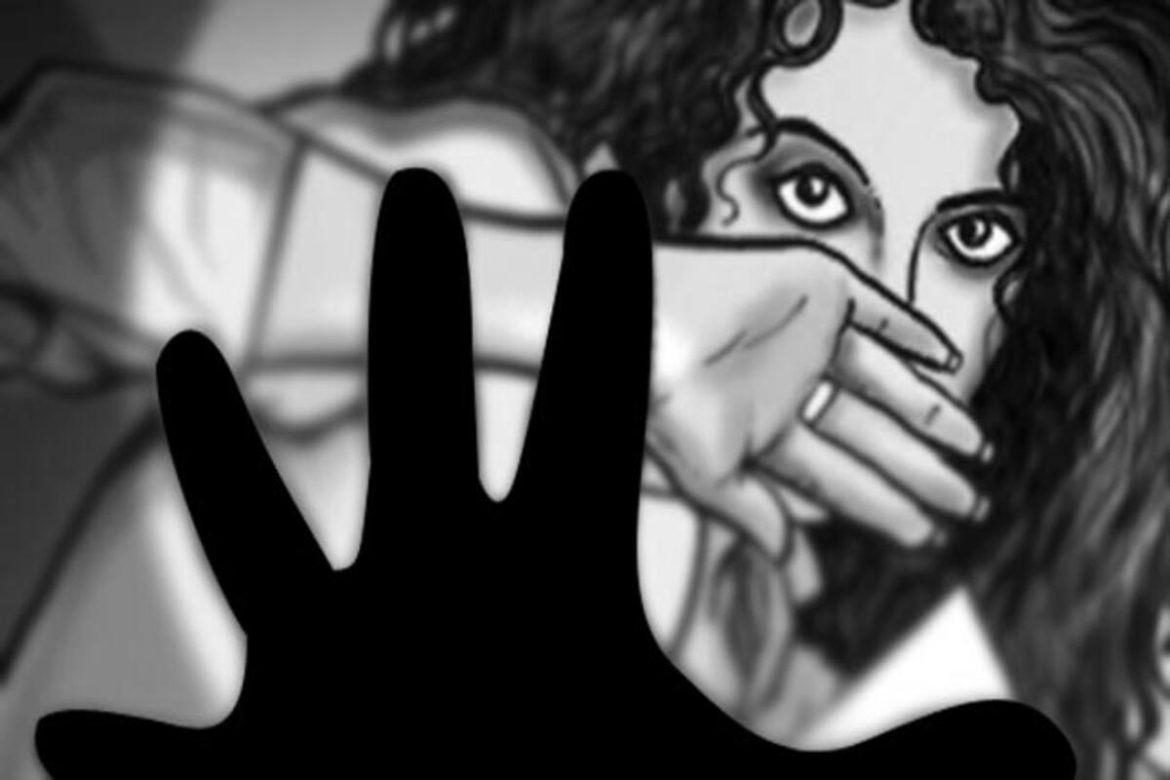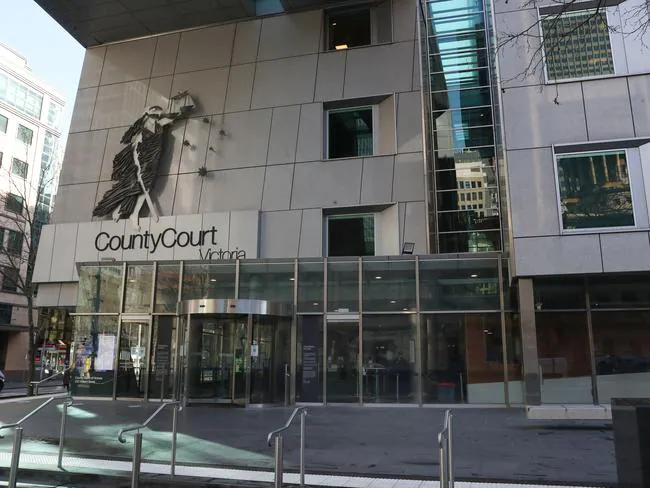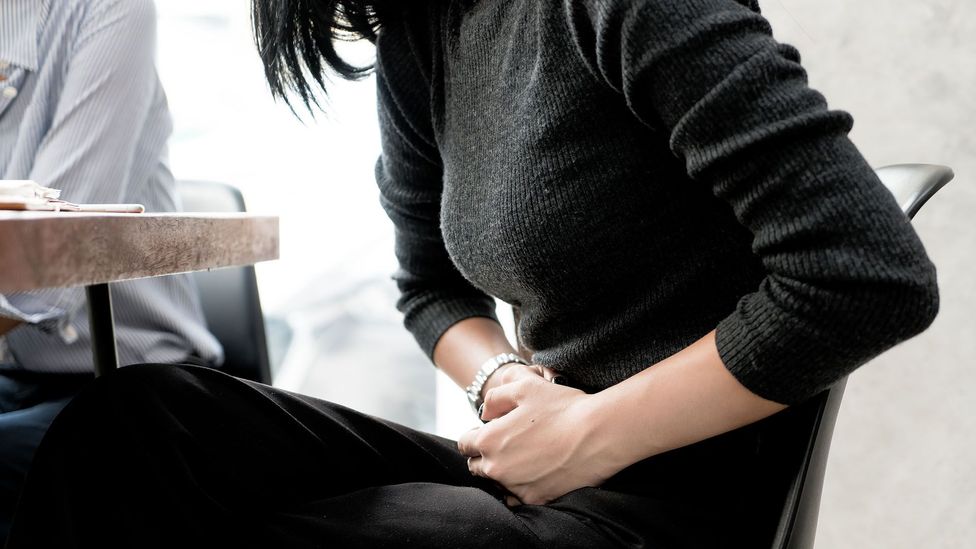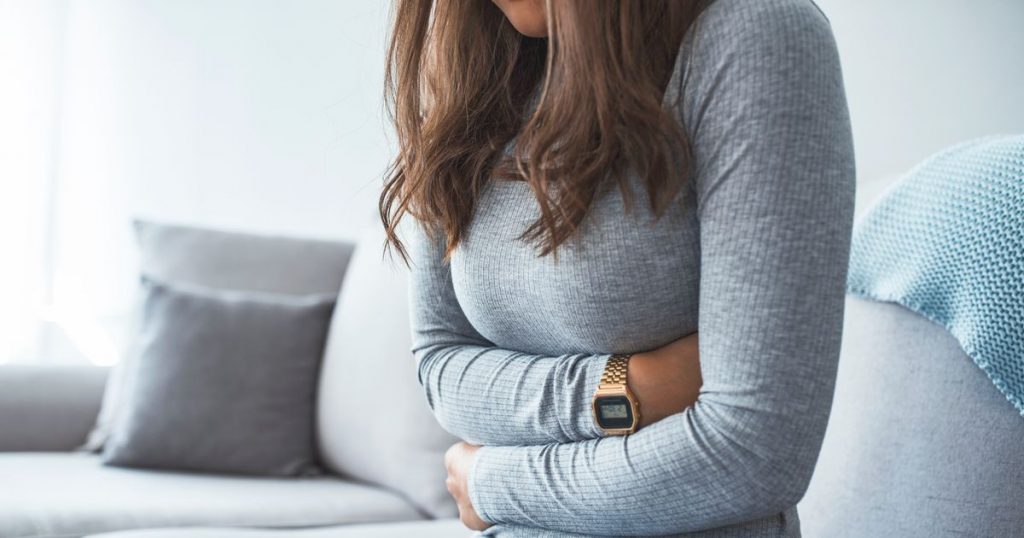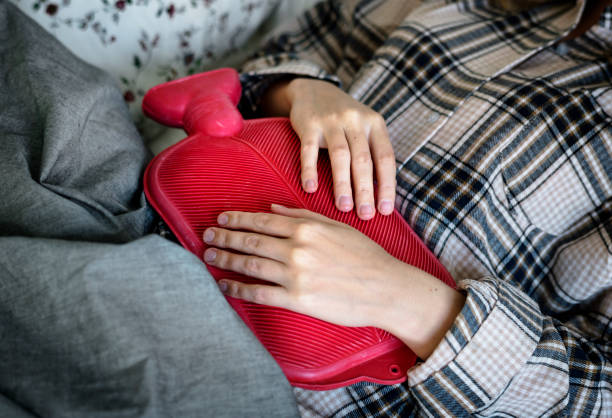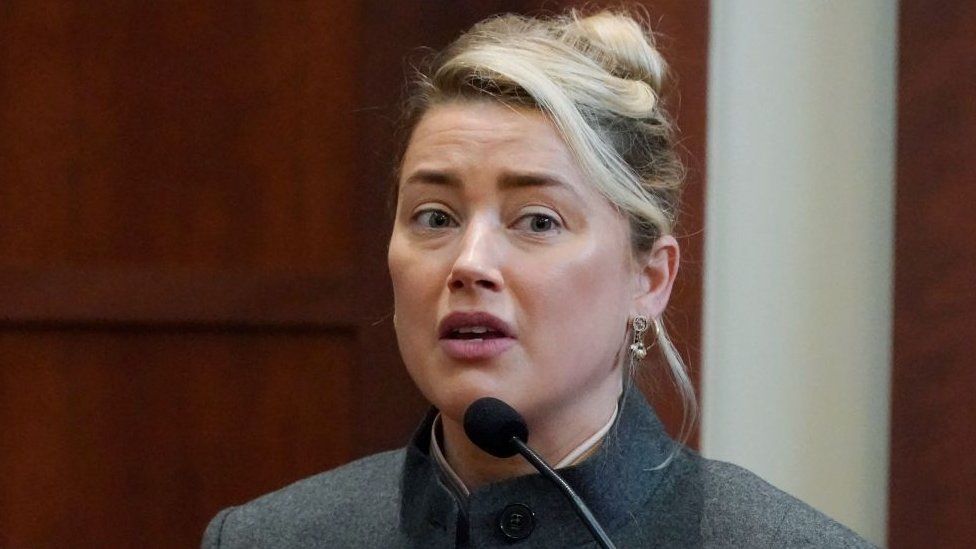Women inmates are less dangerous than incarcerated men
Their prisons should reflect that reality
One Saturday morning in 1992, as she was coming home from a night shift as a home health aide, Sharon White got off the subway a few stops early at Gun Hill Road in the Bronx, hoping to find a bathroom. At the station, she ran into a high-school friend, Judy, whom she had not seen in a long time and who offered to take her to the apartment of a man she was dating. It wasn’t far away, and she could use the bathroom at his place. Ms. White took her up on the offer and left the apartment after a few minutes. Sometime later, she realized that her purse was missing, so the next morning she went back to the apartment in hopes of retrieving it
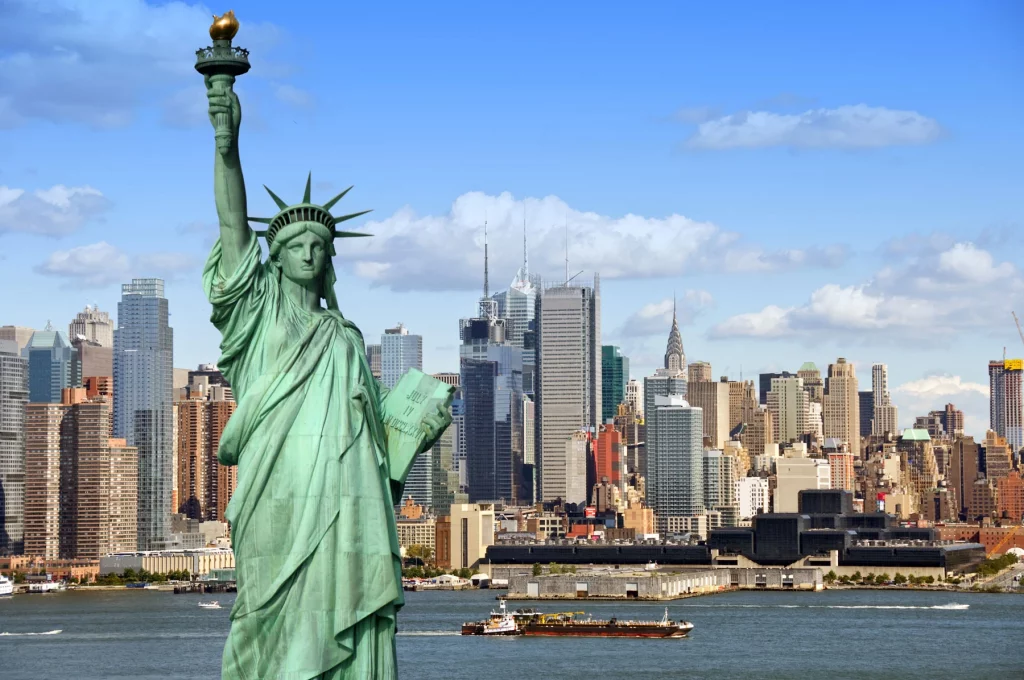
When she arrived, Judy’s friend told her he had not seen it but that she was welcome to come in and look around. Unable to find the purse, she began to leave. It was at that point that he grabbed her arm and pinned her against a sink
“I wanted him off me,” she told me recently. “He was choking me. I understood that this guy had been drinking.” There was a roommate in the apartment but he did not respond to her screaming. So she grabbed a knife, stabbed the man who was trying to rape her and ran off
As a result, Ms. White (now the Rev. Sharon White-Harrigan) would spend a year at Rikers Island on a manslaughter charge and another decade at Bedford Hills Correctional Facility in Westchester County. During that time, her mother died and her daughter grew up, and she took stock of the many flaws in the system, chief among them “that the law does not meet trauma,” as she explained it
Four years ago, she helped found an organization called the Women’s Community Justice Association, with the aim of improving the lives of incarcerated women. Recently, she has been focused on getting the women’s facility at Rikers closed ahead of schedule
Conditions at New York City’s largest jail are notoriously bad, but little attention has been paid to the circumstances of female detainees, 80 percent of whom are mothers and 77 percent of whom are victims of domestic violence. Currently, the city plans to close Rikers entirely and move to a system of smaller “community” jails in Manhattan, Brooklyn, the Bronx and Queens by 2027. But the Rose M. Singer jail — incongruously known as “Rosie’s” — will be the very last to shut down, even though women are far less likely to get into trouble while incarcerated and far less likely to reoffend, according to Vincent Schiraldi, the city’s former corrections commissioner. In 2019, women arrested in New York were 49 percent less likely than men to be arrested for a violent crime within one year

Of the roughly 5,400 people currently kept at Rikers, only around 300 are women. What confounds Ms. White-Harrigan and Mr. Schiraldi, who now presides over Columbia University’s Justice Lab, is the city’s plan to move the female population to a facility in Queens that would have to be built from the ground up and that would be connected to a men’s jail. As several members of the New York State Legislature put it in a letter to Gov. Kathy Hochul asking for an alternative, the proximity puts women at risk of exposure to their abusers
As it happens, there is an alternative, whose implementation ought to be self-evident. Advocates are proposing that the women be moved to a vacant state prison in Harlem, shuttered in 2019 and closer to some of the neighborhoods in which many women entering the system are coming from, crucially making it easier for their families to visit, which is known to reduce recidivism
The argument made in a recent paper produced by the Justice Lab and Women’s Community Justice Association is that prisons have been historically designed for men and have neglected the particular needs of women — chiefly that they are caregivers and that they so often have been the victims of violent crime. In effect, rehabilitation, including therapy, should begin immediately, the entry process sped up so that women aren’t spending days in central booking without access to a shower, for example. And more women, the paper argues, should be on staff at the facility
“Everybody who stands before a judge, their history is really not there,” Ms. White-Harrigan told me. “It’s pieced together by people who don’t really know the story. The system already has a narrative about you.” By the time that she was arrested for stabbing her attacker years ago, Ms. White-Harrigan had already suffered through an abusive relationship. “The thought of someone trying to violate you is unbearable,” she said
Ultimately, the decision to move in this direction will be up to the governor and Mayor Eric Adams, who has not expressed especially progressive leanings around changes in the jail system
“What I want is for people to get their trauma treated,” Ms. White-Harrigan said. “Trauma is the driver of a lot of things. Subconsciously, you have this built-up anger. In this new place, we want to operate from a healing perspective. Even if someone had to go upstate for some time, she would know that she is on the pathway to healing and wellness
“This isn’t just about creating a new building,” she added. “It is about creating a new culture that allows people to get to where they need to be. There is justice without punishment. You can hold people accountable without leaving them worse than when they came in



